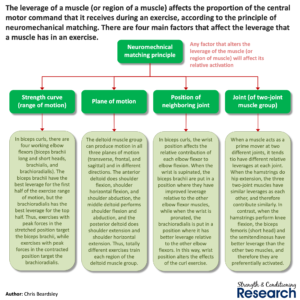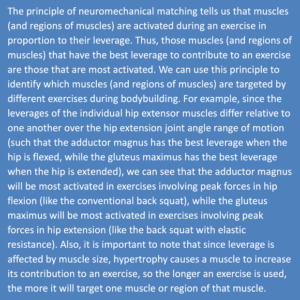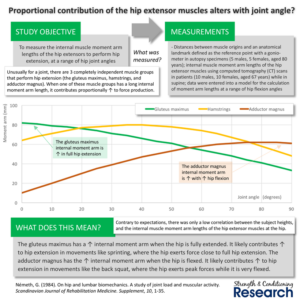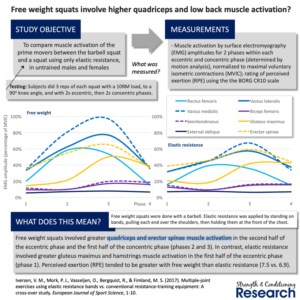NEUROMECHANICAL-MATCHING
– Using the principle of neuromechanical matching is the best way of finding the best bodybuilding exercises
– It allows us to identify which muscle an exercise targets, and whether other muscles are also contributing or not.
– To achieve maximum growth of a single muscle, we want the exercise to involve primarily the target muscle, and for relatively few other muscles to contribute
#1. What is the principle of neuromechanical matching?
– The principle of neuromechanical matching tells us that muscles (and regions of muscles) are activated in an exercise in proportion to their leverage.
– We can use the principle of neuromechanical matching by looking at charts showing how leverages of muscles alter with:
[1] joint angle – strength curve – range of motion
[2] plane of motion
[3] the positions of neighboring joint
[4] the position of the joint (for two-joint muscles only)
#2. How can we see the principle of neuromechanical matching in operation during strength training exercises?
– By far the most common chart is the one showing how leverages of muscles alter with joint angle, which allows us to understand the effects of the exercise resistance profile
Ex: we can see that the leverages of the individual hip extensor muscles differ relative to one another over the hip extension joint angle range of motion (such that the adductor magnus has the best leverage when the hip is flexed, while the gluteus maximus has the best leverage when the hip is extended).
– For this reason, we can predict that that the adductor magnus will be most activated in exercises involving peak forces in hip flexion (like the conventional back squat), while the gluteus maximus will be most activated in exercises involving peak forces in hip extension (like the back squat with elastic resistance).
#3. How can we see the principle of neuromechanical matching in operation during strength training programs?
– Importantly, the principle of neuromechanical matching also has a long-term effect as well as a short-term effect.
– Since the size of a muscle partly determines its leverage, training with one particular exercise leads to an increase in one particular muscle, which then alters the leverage of that muscle relative to other muscles in other exercises
Ex: single-joint strength training of the triceps can increase the involvement of the triceps in the bench press by increasing the leverage of the triceps in the bench press relative to the pectoralis major and the deltoids.
– It is likely that training one multi-joint exercise has a similar effect insofar as it gradually leads to one muscle (or region of that muscle) developing greater and greater contributions to the trained exercise.
– For this reason, some exercise variety is always valuable even when training for high performance in one exercise (such as for powerlifting).
.




